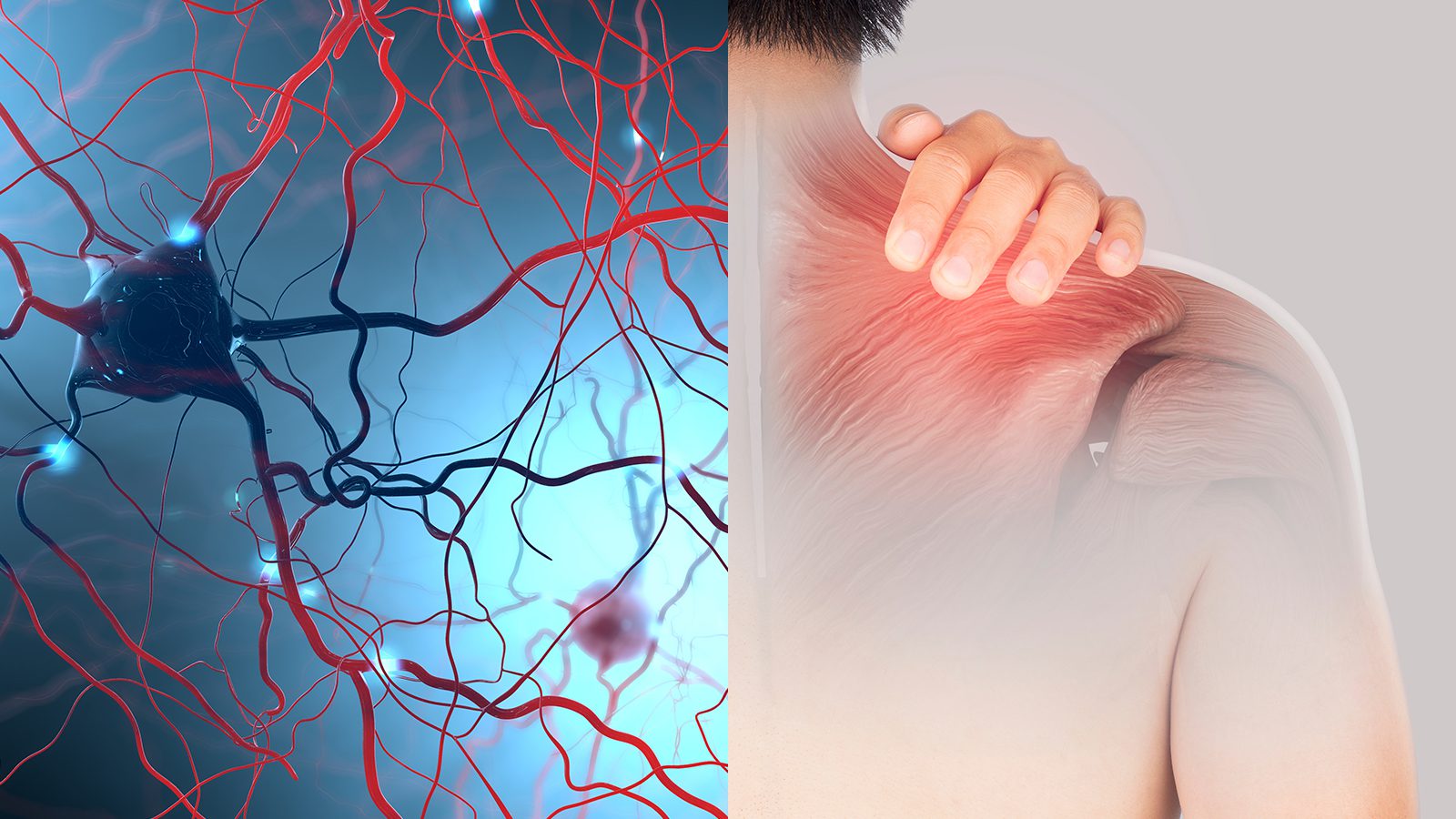Northwestern University researchers have developed a revolutionary device that can reduce pain without addictive opioids. The small, flexible implant offers an alternative to harmful opioids and pain-relieving medicines.
The unique water-soluble device works by softly enveloping nerves to transmit targeted cooling. This effectively numbs the nerves and inhibits pain signals to the brain. An external pump allows patients to activate the device remotely and choose their desired intensity. After the user no longer needs the device, the body absorbs it, eliminating the need for surgery.
Researchers say the device could provide the most value for patients requiring regular surgeries. Also, it could benefit those who need amputations since patients require opioids. Surgeons could implant a biocompatible device during the surgery to reduce pain in patients.
The study was published in the July 1 issue of the journal Science. The paper explains the design and efficacy of the technology in an animal model.
“Although opioids are extremely effective, they also are extremely addictive,” said Northwestern’s John A. Rogers, the device’s lead developer. “As engineers, we are motivated by the idea of treating pain without drugs — in ways that can be turned on and off instantly, with user control over the intensity of relief.”
“The technology reported here exploits mechanisms that have some similarities to those that cause your fingers to feel numb when cold. Our implant allows that effect to be produced in a programmable way, directly and locally to targeted nerves, even those deep within surrounding soft tissues,” he added.
How the New Technology Can Reduce Pain Without Medications
While the device sounds like something out of a sci-fi novel, it uses a simple methodology. Like sweat evaporates and lowers body temperature, the device utilizes a liquid coolant to evaporate near a sensory nerve. By targeting the nerves that signal pain, the device disrupts communication between the nerve and the brain.
“As you cool down a nerve, the signals that travel through the nerve become slower and slower — eventually stopping completely,” said study co-author Dr. Matthew MacEwan of Washington University School of Medicine in St. Louis. “We are specifically targeting peripheral nerves, which connect your brain and your spinal cord to the rest of your body. These are the nerves that communicate sensory stimuli, including pain. By delivering a cooling effect to just one or two targeted nerves, we can effectively modulate pain signals in one specific region of the body.”
To create a cooling effect, the device contains small microfluidic channels. One channel utilizes a liquid coolant, perfluoropentane, an already approved ingredient for ultrasounds and pressurized inhalers.
Another channel contains dry nitrogen, an inactive gas. When the liquid and gas combine, it causes a reaction where the liquid immediately evaporates. At the same time, a small sensor measures the nerve’s temperature to ensure it’s not getting too cold.
“Excessive cooling can damage the nerve and the fragile tissues around it,” Rogers said. “The duration and temperature of the cooling must therefore be controlled precisely. By monitoring the temperature at the nerve, the flow rates can be adjusted automatically to set a point that blocks pain in a reversible, safe manner. On-going work seeks to define the full set of time and temperature thresholds below which the process remains fully reversible.”
The Device Can Reduce Pain More Effectively Than Past Technologies
Scientists in the past have developed several other cooling methods and nerve inhibitors. However, they all had certain deficiencies that the latest device seemed to conquer. For instance, cryotherapies require injecting nitrogen or argon gas into the skin to remove unwanted tissues.
While it’s minimally invasive, it doesn’t target specific nerves as the new technology does. Instead, it cools a general tissue area, leading to tissue damage or inflammation.
Scientists wanted to avoid these unwanted side effects by creating a smaller device. Northwestern University researchers explained that their device measures just 5 mm wide.
One end curls to softly wrap around a nerve, eliminating the need for sutures. Since the device targets only the afflicted nerve, the implant avoids cooling nearby areas.
“You don’t want to inadvertently cool other nerves or the tissues that are unrelated to the nerve transmitting the painful stimuli,” MacEwan said. “We want to block the pain signals, not the nerves that control motor function and enable you to use your hand, for example.”
In the past, science also investigated nerve inhibitors that utilize electrical stimulation to reduce pain. However, these also have downsides. MacEwan said:
“You can’t shut down a nerve with electrical stimulation without activating it first. That can cause additional pain or muscle contractions and is not ideal, from a patient’s perspective.”
In addition to cooling only specific body areas, the device naturally absorbs into the body’s fluids within days or weeks. The bioresorbable device works similarly to absorbable stitches, causing no adverse side effects.
Best of all, it’s a minimally invasive technology that can reduce pain by eliminating surgical extraction. Finally, the device measures the thickness of a sheet of paper and flexes to wrap around highly reactive nerves. In summary, it’s ideal for pain relief in the simplest, most effective way possible.
“If you think about soft tissues, fragile nerves, and a body that’s in constant motion, any interfacing device must have the ability to flex, bend, twist and stretch easily and naturally,” Rogers said. “Furthermore, you would like the device to simply disappear after it is no longer needed, to avoid delicate and risky procedures for surgical removal.”
Final Thoughts on New Device That Can Reduce Pain Without Opioids
Researchers from Northwestern University recently created a small device that reduces pain without opioids. In the past, scientists have sought ways to cool nerves using methods such as cryotherapy. However, these treatments have disadvantages and harmful side effects, such as inflammation and tissue damage.
The latest device is a small, soft, elastic implant that wraps around nerves to deliver selective cooling. It doesn’t require surgical extraction and dissolves into the body’s fluids within days or weeks. Hopefully, we will see this technology take off soon and help reduce pain for many.
















 Community
Community

